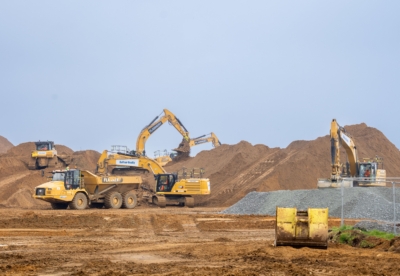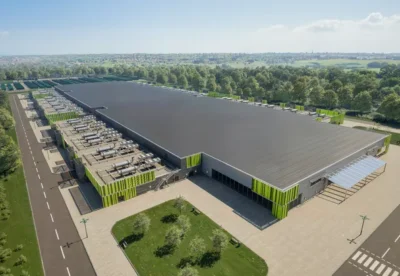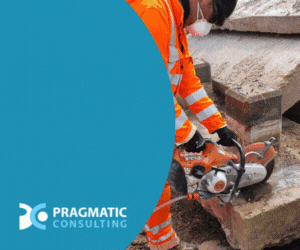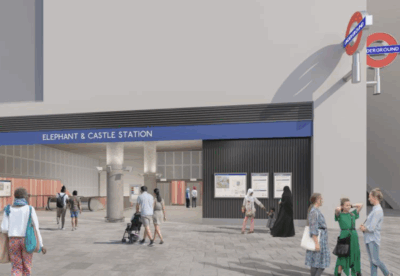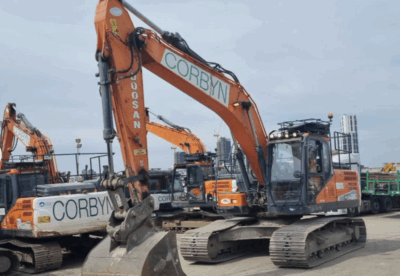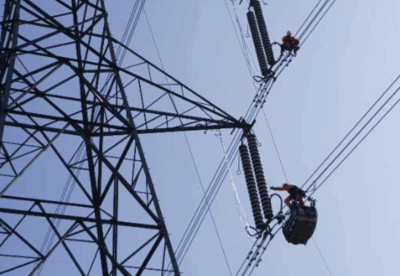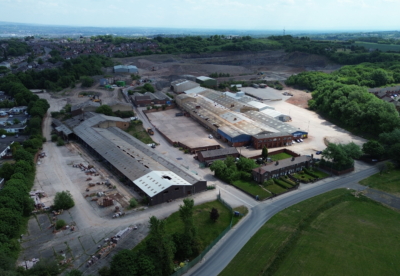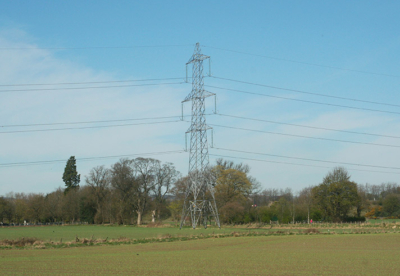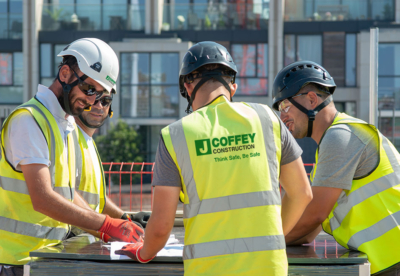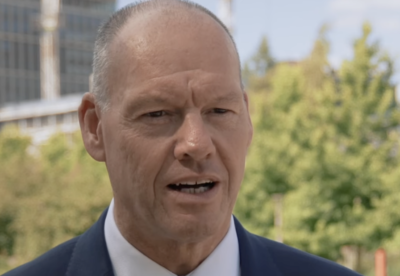Spending watchdog the National Audition Office has issued its latest damning assessment on the Government’s progress to tackle the rundown schools.
It now estimates that around 700,000 pupils are learning in a school that is unsafe or requires major refurbishment.
The alarming report warns that insufficient funding has left many school buildings at critical risk of collapse as they pass their design life.
Since risks from the use of reinforced autoclaved aerated concrete were thrown into the spotlight in 2018 after a roof collapse at a school in Kent, the full extent of the problems still remains unknown.
So far the DfE has identified 24 schools that require immediate action, the public spending watchdog says.
The authors also warn that the DfE itself does not consider it is doing enough to bring the risk of failure down to acceptable levels.
The Government’s wider 10-year School Rebuilding Programme to rebuild or refurbish 500 most at-risk schools is falling woefully behind plan.
Exactly three years into the programme just 24 contracts have been awarded, far below a target of 83 projects.
The delay is being blamed on providers not taking up contracts given instability in the construction sector and inflationary risks, says the NAO report.
Key findings
- £2.3bn a year spent against recommended £5.3bn needed
- DfE requested £4bn a year (2021-2025). Just £3.1bn a year allocated
- Around 24,000 school buildings (38% of the total) are beyond their estimated initial design life
- DfE currently lacks comprehensive information on the extent and severity of potential safety issues across the school estate, although it has made progress in the last year.
- No plan in place for achieving the scale of decarbonisation needed across the education sector
To meet longterm Government net zero goals, the DfE is one year into its ambitious eight-year Sustainability and Climate Change Strategy.
But as of this month, there were just six net zero schools.
DfE estimates that at its current rate of progress, 80% of the existing estate will not be retrofitted by 2050.
To accelerate change, it is now exploring options to fund improvement on a wider scale, for example by aggregating schools together to get funding for solar panels.
Gareth Davies, Head of the NAO said: “At present, 700,000 pupils are learning in schools requiring major rebuilding or refurbishment.
“DfE has, since 2021, assessed the risk of school building failure or collapse as critical and very likely, but it has not been able to reduce this risk.
“More widely, it has an ambitious strategy for decarbonising the education estate but no plan for how it will achieve this or how much it is likely to cost.
“DfE is gathering some of the data it needs to effectively target its resources.
“It must now use this to improve its understanding of where schools are most at risk so it can balance addressing the most urgent risks while investing enough in maintenance, reducing carbon emissions, and climate change adaptation measures to achieve its objectives and secure longer-term value for money.”














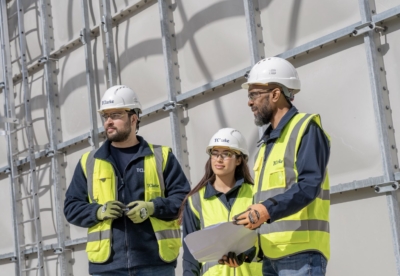
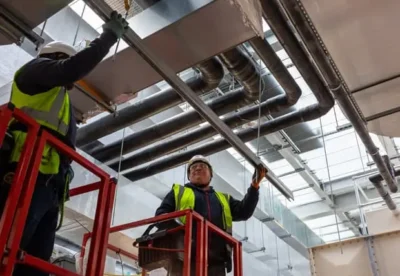
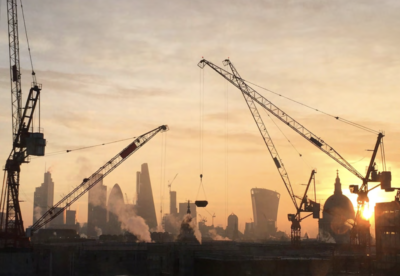
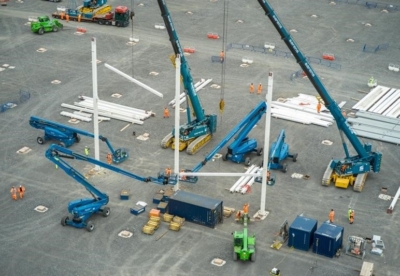

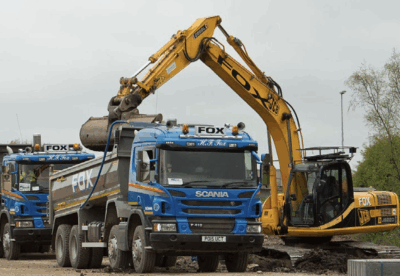
 (300 x 250 px) (2).png)

